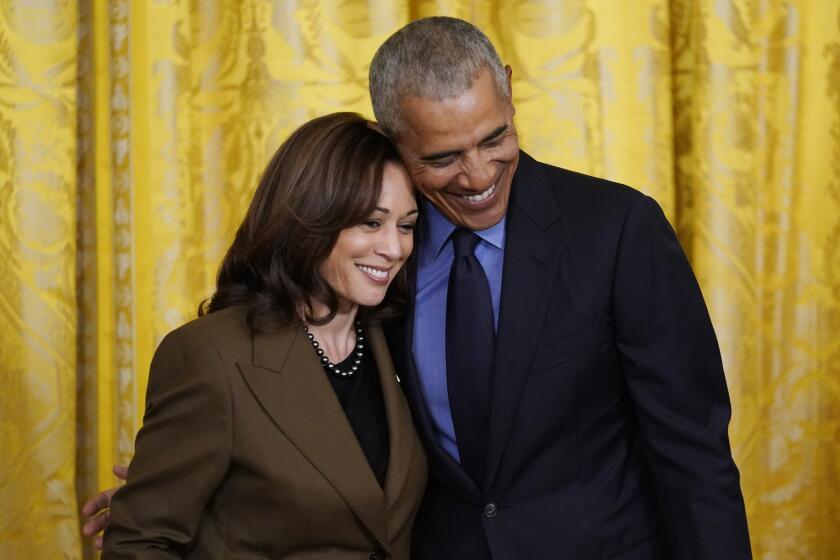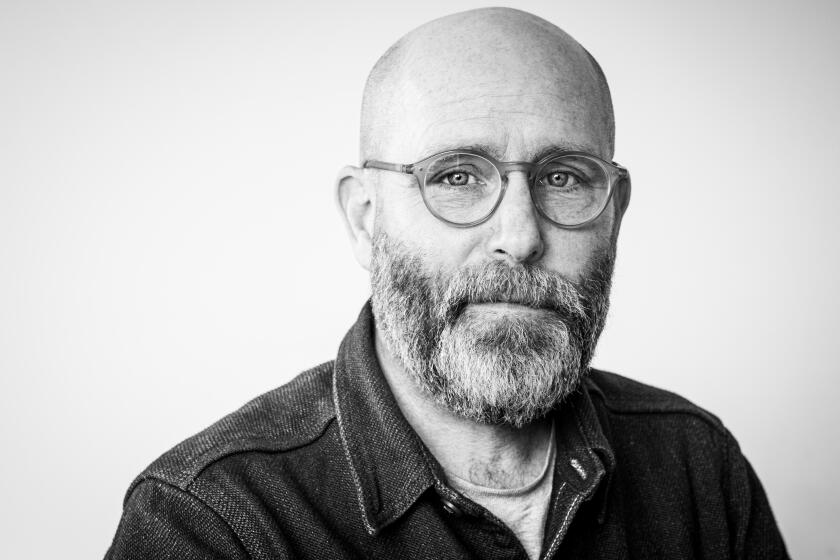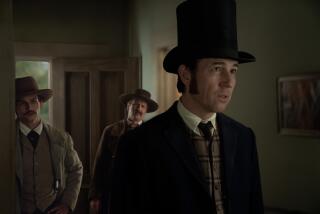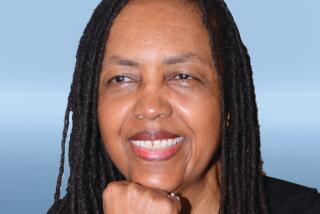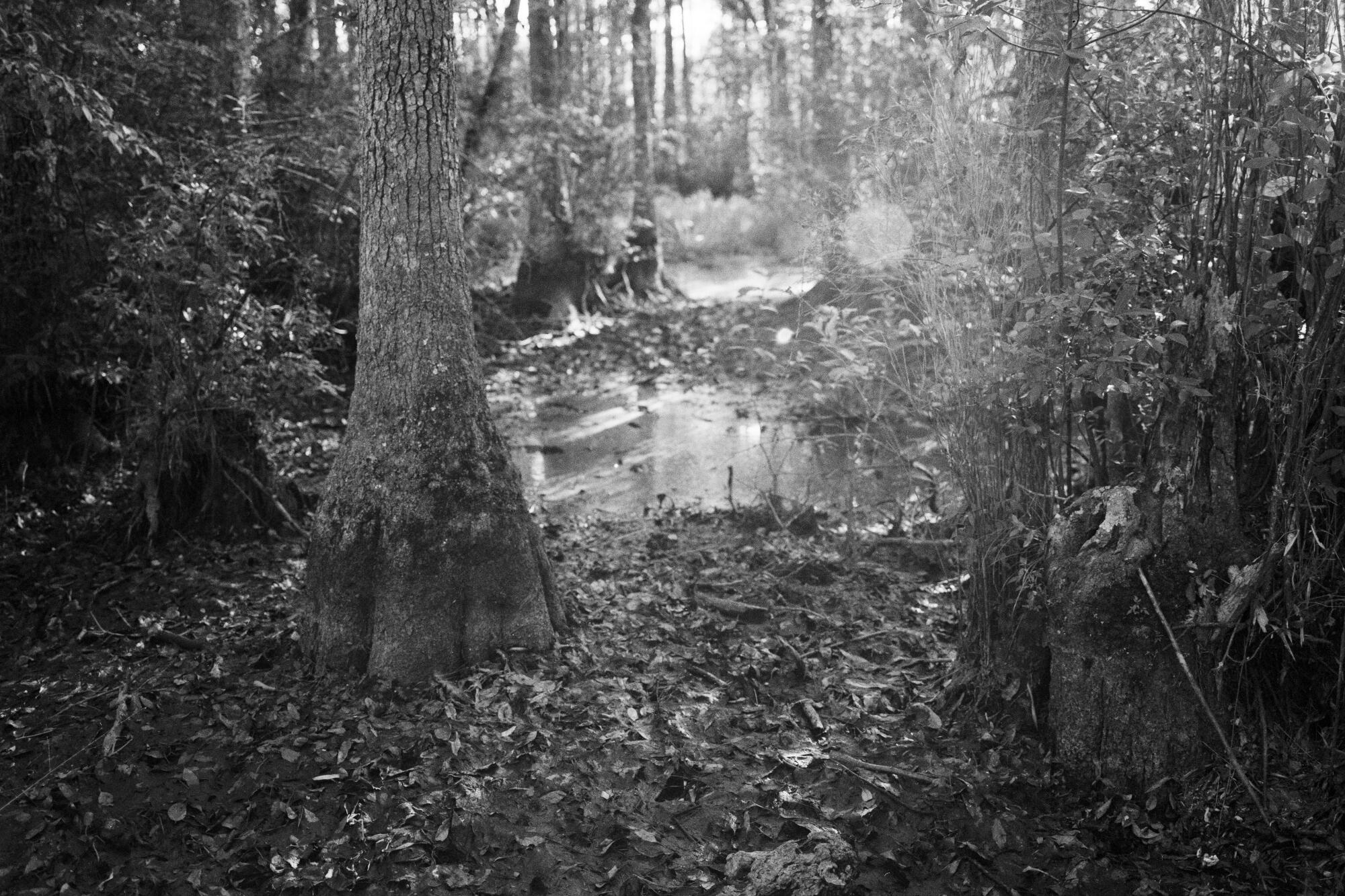
Book Review
Nat Turner, Black Prophet: A Visionary History
By Anthony J. Kaye and Gregory P. Downs
Farrar, Straus and Giroux: 352 pages, $30
If you buy books linked on our site, The Times may earn a commission from Bookshop.org, whose fees support independent bookstores.
Nat Turner, the most famous slave rebel in American history, has always been a mysterious, troubling and important figure. In both history and in popular memory, few names in the long American struggle over slavery carry such a weight of both heroism and shuddering fear. On Aug. 22-24, 1831, in Southampton County, Va., located in the southeast corner of the state, the 31-year-old Turner led an insurrection that killed some 55 people in two days and involved as many as 60 rebels.
The ghastly bloodshed included primarily the families of slaveholders in a relatively small “neighborhood” a dozen or so miles from Jerusalem, the county seat. The victims ranged from the elderly to women and children and a beheaded baby. Turner commanded four key warriors who did most of the killing with hatchets, swords, fence rails and some guns: Henry Porter, Hark Moore, Nelson Edwards and Sam Francis.
Turner — or Nat, as he is referred to in Anthony E. Kaye and Gregory P. Downs’ “Nat Turner, Black Prophet” — has lived on with such beguiling interest because when he was captured, in the wake of the rebellion and his 10 weeks of hiding, the nearly starved rebel sat for more than two days of interviews with a local lawyer, Thomas R. Gray.
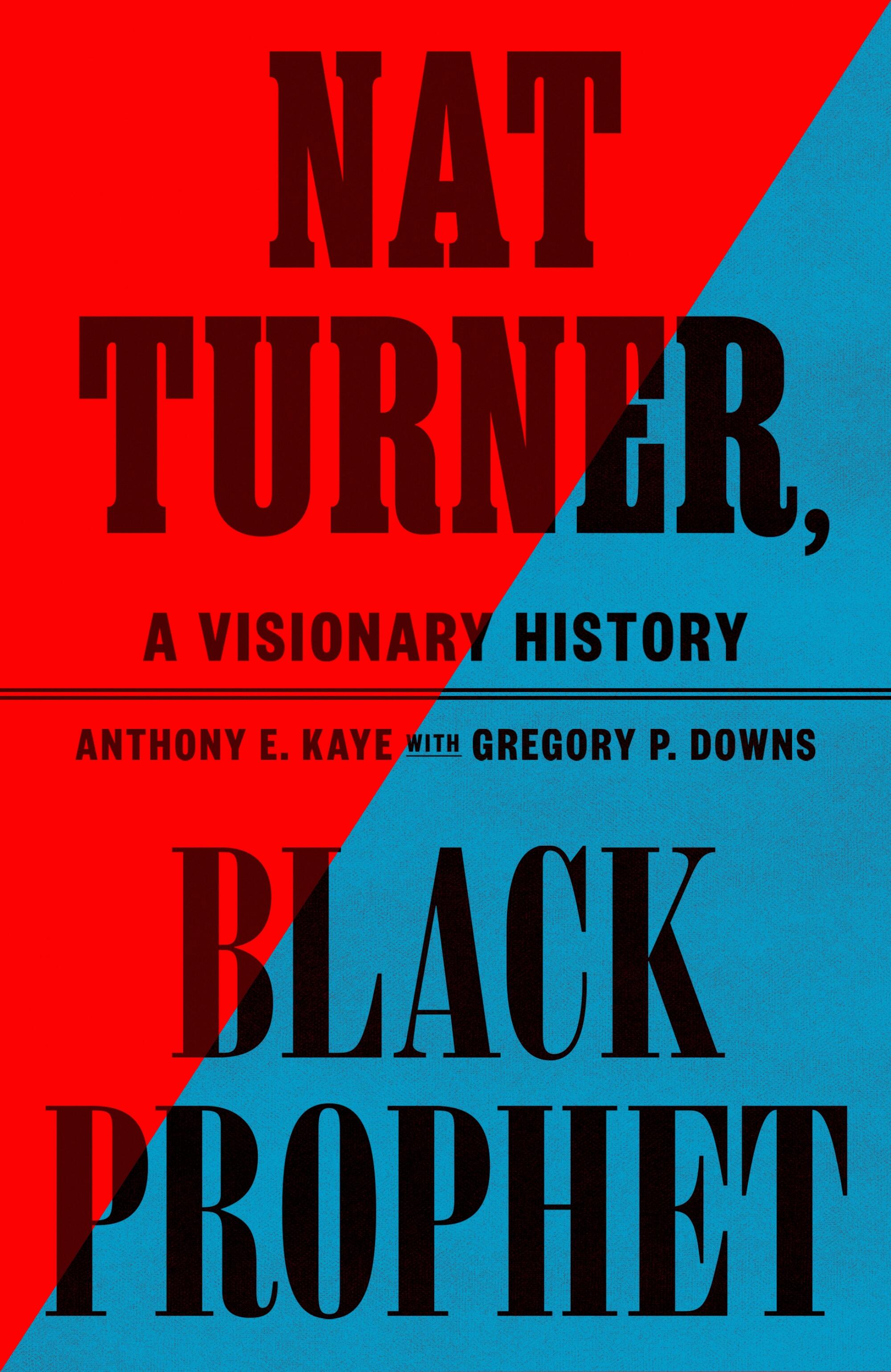
With the chained man in front of him, Gray recorded, and in some ways invented, a “voice” for Turner, some of it in the remarkable details of his life and rebellion, but much of it also about the religious visions that drove him. Gray possessed his own motives; he needed money badly, and within a month of Turner’s execution, “The Confessions of Nat Turner” was published as a massive bestseller. The debate has never ended as to where in this classic text the voice or the words are really Turner’s. Most of what we know of the rebel leader comes from that unique document.
In film, novels and in generations of scholarship Americans have tried to explain what happened in Southside Virginia in 1831. All who take on Turner now agree that he was extraordinarily intelligent, austere, deeply religious, and that he experienced repeated spiritual visions and signs. But no book has taken the biblical roots of Turner’s story quite as seriously as Kaye and Downs’.
Kamala Harris could break a monumental barrier. But that’s far less important than her potential to take the Democrats across the finish line.
The work is an extraordinary collaboration: Kaye died in 2017 after years of research and some writing; Downs took up mountains of notes and prose and rewrote “almost every word of it.” Downs says the book “consists of his [Kaye’s] arguments and research but my words.” In that sense this is a most intriguing feat of the historian’s craft, and for Downs, a profound achievement. Downs concludes, curiously, that the book is his “interpretation,” but “the product of” Kaye’s “intelligence and creativity.” There have been many historians’ collaborations, with one scholar finishing the deceased writer’s work, but none quite like this.
Downs calls the book an “act of multiple ventriloquisms”: Turner through Gray, Kaye through Downs, all trying to grasp intention and meaning in words. But Kaye believed historians had missed the depth of Turner’s devotion to the stories and travails of the Hebrew prophets. The authors admit that it is “impossible” to know just how closely Turner read the Old Testament, but there is no doubt that Kaye, at least, was intent on propelling the enslaved laborer-preacher out of his immediate world and “into a biblical age and time.” The book reads as a prolonged critique of academic secularism. The “most significant misreading of Nat Turner,” the authors argue, “lay in the discipline’s [history’s] secular visions of the world.”
In the ambitious book ‘Double Exposure,’ the Old West photographer Timothy O’Sullivan becomes a little more famous but no less obscure.
Turner came of age, according to the authors, in a “militant Methodism,” with a profoundly personal connection to God and “likely” (a word used a great deal along with “perhaps”) steeped in the Methodists’ devotion to natural rights. He may also have been influenced by larger events in the age of revolutions, the War of 1812, and particularly thwarted slave rebellions in Richmond, Va., in 1800, and in Charleston, S.C., in 1822. Lengthy excursions to Methodist-inspired events in Nova Scotia in the 1780s and Sierra Leone in 1800 provide, however, only vague contexts for Turner’s evolving revolutionary faith. The authors posit a “campaign” by “Nat’s family” to achieve his manumission, but just who constituted that family is not clear. We still do not know whether a woman identified as “Cherry” was really Turner’s wife, whom he may have married in 1822.
The signal feature of this book, though, is its meditation on the character of a prophet, and Turner’s place in that tradition. In the Hebrew Bible, prophets were made by God, often against their will; they were the people who could find the words to explain catastrophes or transformative events, and they spoke from dimensions they themselves did not understand. Prophets were full of doubt about their own calling and authority; they were anxious and they waited long for signs that only rarely came. In this work we enter Turner’s consciousness via the prophet Jeremiah’s struggles for certainty.
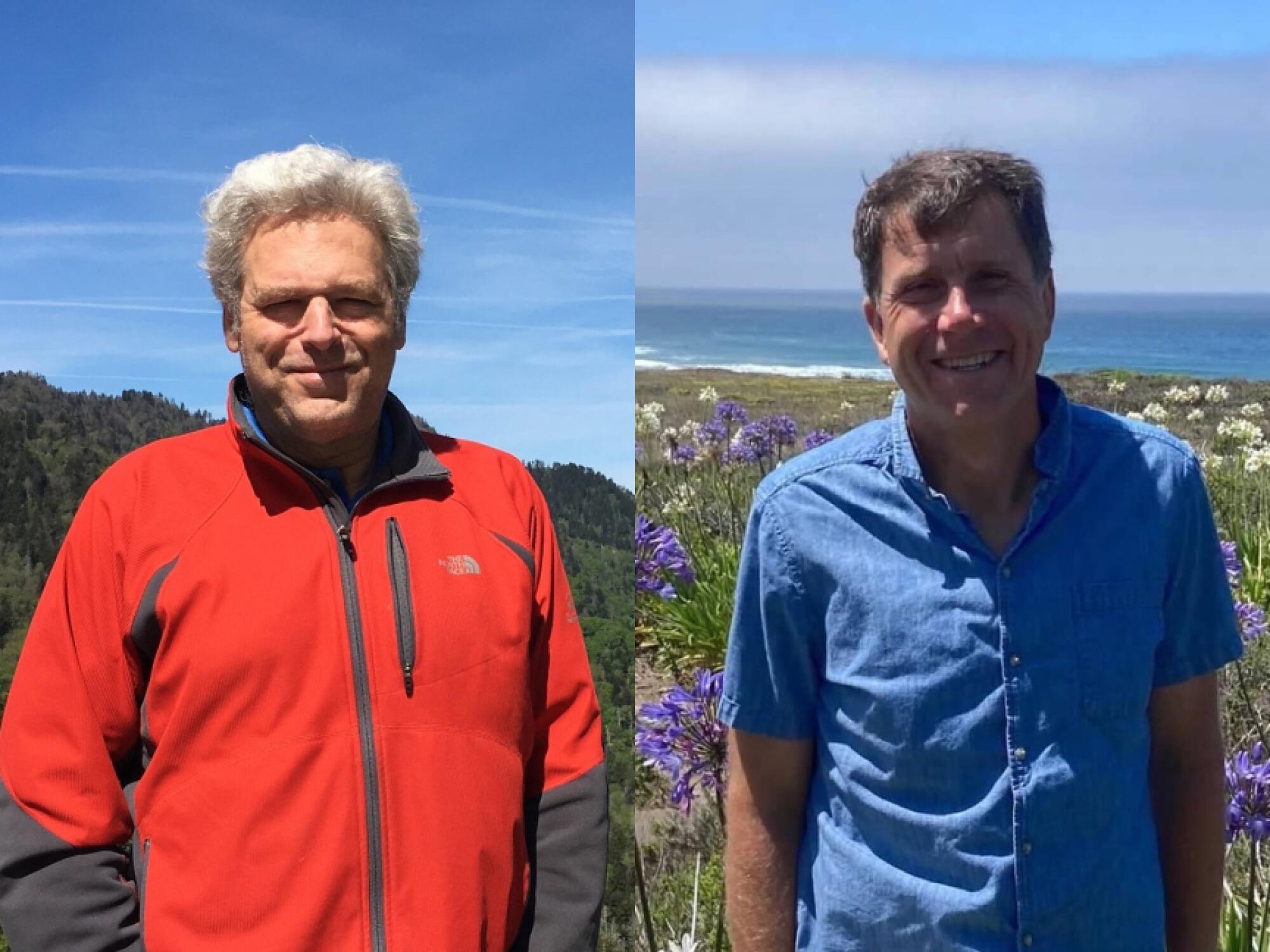
Prophets in the Bible became frail under the weight of their own visions. Turner, say the authors, came to slowly see his “commission” in visions in the sky, in blood he saw on corn, in a solar eclipse or a blueish sun spot and in his repeated recollection of the Scriptural plea: “Seek ye the kingdom of Heaven and all things shall be added unto you.” After prolonged fasting and prayer, Turner saw black and white spirits battling in the sky. But still he “mumbled and tarried.” By 1828-31, he arrived at a “war story,” so common in the Hebrew Bible, that he had to tell and then enact.
At times in the book the certainty with which the authors enter Turner’s consciousness and represent his vision may trouble some readers. How do they know what they know? How did Nat, or Jeremiah? This book requires respect for both the critical craft of history, and for faith, at least the roots of its traditions. The Hebrew prophets, as a source of worldview and story, are still all over our culture. The authors admit they are in a speculative zone but with declarative, not passive, prose. The writing can be dense at times, whether about theology or the details of the rebellion, but also quite beautiful. Downs is a superb, even lyrical writer. He admits Turner is “maddeningly elusive,” but he still states unhesitatingly that he “was a prophet.”
After all, “at stake,” write the authors as though channeling Turner, “was not only the end of slavery but the end of the world. The Spirit did not tell Nat to make a new nation; it told him to fulfill his type [of prophet] by helping inaugurate a new age.”
David W. Blight is Sterling professor of history at Yale University. His latest book is “Yale and Slavery: A History.”
More to Read
A cure for the common opinion
Get thought-provoking perspectives with our weekly newsletter.
You may occasionally receive promotional content from the Los Angeles Times.
